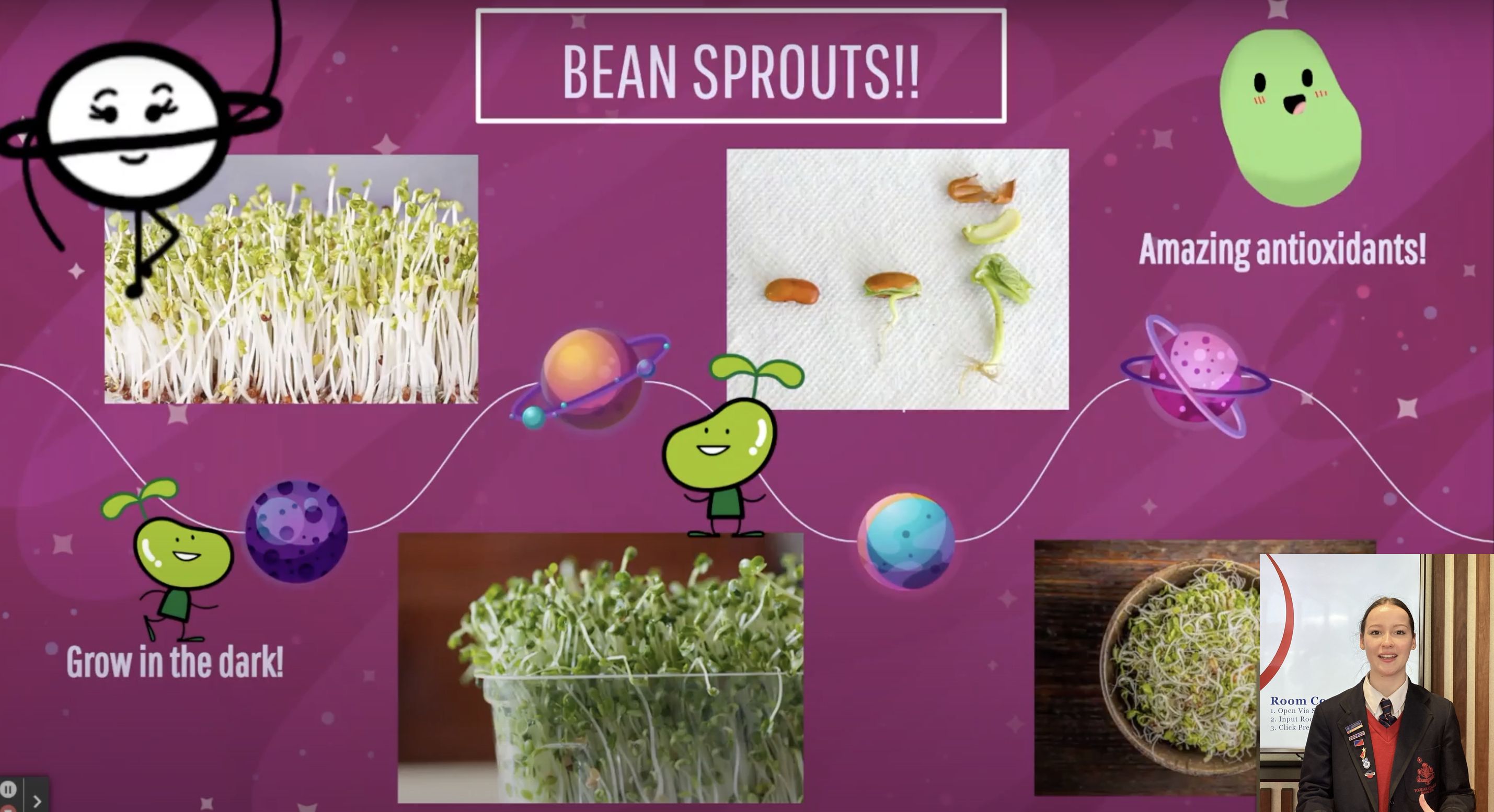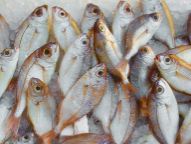High school students design plant-based experiment for space

Amica, Kiara, Charlotte M, Chantilly, Chelsea and Charlotte OB from Toorak College – team name CRACKS & CO (for their initials) – won the 2022 Swinburne Youth Space Innovation Challenge
In summary
- Thirteen high schools competed in this year’s Swinburne Youth Space Innovation Challenge for the best space experiment
- Students completed a 6-week microunit drawn from Swinburne’s space technology co-major before developing their own out-of-this-world ideas.
- The winning team from Toorak College investigated how to grow plants without gravity
Melbourne high school students are helping astronauts grow plants in space.
The Swinburne Youth Space Innovation Challenge sees high school teams compete for the best microgravity experiments to advance our explorations of space. This year’s theme was ‘Health in Space’.
Humans in space is a relatively new phenomenon. We’ve only been leaving the Earth for the past 60-70 years and there is so much more to learn about space travel, living in space and our physical and mental health in space. There are many challenges to leaving our atmosphere.
In 2022, students from 13 schools across Victoria, New South Wales and Western Australia were challenged to come up with an idea to improve health in space. The ideas ranged from healthy food production to vitamin uptake, eyeball changes and even antibiotic resistance.
Out of this world ideas
After an intense six-week microunit in space science to get their brains buzzing, the students are guided by Swinburne space technology student mentors – including Swinburne astrophysicist, program coordinator and ex-student mentor herself, Dr Sara Webb – to develop an out-of-this-world idea.
“We were blown away by the ideas presented by each team, all choosing to tackle a slightly different area of Health in Space. This is only the second year of the Swinburne Youth Space Innovation Challenge, and we were incredibly excited to share this unique experience with students Australia-wide,” says Dr Webb.
The winning team from Toorak College – Amica, Kiara, Charlotte M, Chantilly, Chelsea and Charlotte OB – impressed all five judges with near perfect scores. Their stellar idea investigated how to grow plants without gravity.
It is difficult to grow plants in space. Not just because of the challenges around oxygen and light, but because without the gravity on Earth, plants don’t know which way is up and which way to grow.
This is called ‘plant gravitropism’. The Toorak College team put forward that changing the shapes of soil and even the genetic code of something like chia seeds could lead to more plant growth and food production in space.
What if we use genome editing technology, such as CRISPR, to knock in and out genes to teach plants to grow in microgravity? The team completed a whole experimental design and set up, including having plants grow in a round diet medium to maximum surface area.
In second place, Camberwell Girls Grammar school pitched fungi as a main food source in space. In third place, John Monash Science School presented an excellent short-film style pitch, wanting to investigate how iron tablets would be absorbed in the stomach of astronauts in microgravity.

Seeing the next generation of stars
Year 11 student, Chelsea Rados, was on the winning team.
“I think my favourite thing about this challenge was spending time brainstorming with the group every week for mini challenges or pitch ideas. We were able to investigate many topics about space, and together, we picked them apart to gain a truer understanding of what they mean, further applying our acquired knowledge to solve problems that astronauts face today,” says Chelsea.
Another member of the team, Year 11 student Charlotte Murrie agreed that working with friends on complex, but interesting topics was the best part of the challenge.
“We came up with our idea by pretty much talking – and lots of it,” she says.
“The highlight for me was filming our experimental pitch and talking to the CEO of Neumann Space on the telephone to discuss their plasma blasters. Also, across the board, I really felt valued when sharing our ideas and felt included by the university.”

A launchpad for the next phase
The Swinburne team will now work with Melbourne high school, Haileybury, who started the whole expanded program in the Swinburne Haileybury International Space Station Experiment (SHINE). Over four weeks, Haileybury students will work alongside researchers in our labs and online to protype different experiment ideas.
There are numerous logistical and legal challenges to what you can actually send to the International Space Station – which is in the planning stages, likely to happen in early 2023.
The final experiment will be decided, and the Toorak College team will get a chance to work on an experiment to be launched by Swinburne launch partner, Rhodium Scientific, to go to the International Space Station.
Last year, a Swinburne team sent bacteria on a SpaceX rocket to test the possibilities of creating yoghurt in space.
Swinburne Chief Scientist, Professor Virginia Kilborn, says the challenge is an important part of Swinburne’s overall space program.
“Swinburne is excited to offer hands-on opportunities in space science and technology to so many students – from high schools through the Swinburne Youth Space Innovation Challenge and SHINE programs to our space technology co-major and student placements in astrophysics and aerospace research projects,” says Professor Kilborn.
“We look forward to working with all students on the Swinburne x Rhodium Science payload for 2022, to blast another exciting experiment into space and onto the International Space Station. The future of Australian space, and these young scientists, is very bright."
-
Media Enquiries
Related articles
-

- Technology
- Science
- Engineering
Victorian students drive green energy transition through international hydrogen competition
Swinburne’s KIOSC, in collaboration with Horizon Educational and Gippsland Tech School, co-hosted the Hydrogen Grand Prix in Melbourne.Friday 26 July 2024 -

- Science
Skin, scales and fish tails: using collagen to turn fish guts into gold
New research from Swinburne could transform the sector by converting high value collagen proteins from seafood by-products into cosmetics, food, and pharmaceuticals.
Tuesday 02 July 2024 -

- Astronomy
High school students work with Swinburne astronomers on the future of space
Swinburne’s Youth Space Innovation Challenge has inspired over 330 Australian teenagers to pursue a career in STEM.
Friday 26 July 2024 -

- Science
- Engineering
Submarines in the future could self-identify cracks and self-heal thanks to Swinburne researcher
Thanks to the work of Dr Nisa Salim from Swinburne University of Technology’s School of Engineering, future submarines could self-identify microcracks and self-heal using a new kind of carbon fibre reinforced polymer composites.
Monday 17 June 2024 -

- Science
Inaugural Swinburne-CSIRO Indigenous Research Fellow joins national water quality forecasting project
Swinburne University of Technology has appointed spatial ecologist Associate Professor Sally Waller as its inaugural Swinburne-CSIRO Indigenous Research Fellow...
Thursday 13 June 2024

